If you’ve ever wondered how Korean food bursts with so much flavor, the secret lies in the pantry. With just a handful of staple ingredients, you can turn everyday meals into bold, satisfying dishes that hit all the right notes—sweet, savory, spicy, and umami. Whether you’re whipping up a quick stir-fry or diving into a bubbling stew, these 7 Korean pantry essentials will transform your cooking game. And while some ingredients are absolute must-haves, others are better left on the shelf. Here’s what to stock—and what to skip—if you want truly crave-worthy Korean-inspired meals at home.
1. Gochujang: The Fiery Heart of Korean Cooking
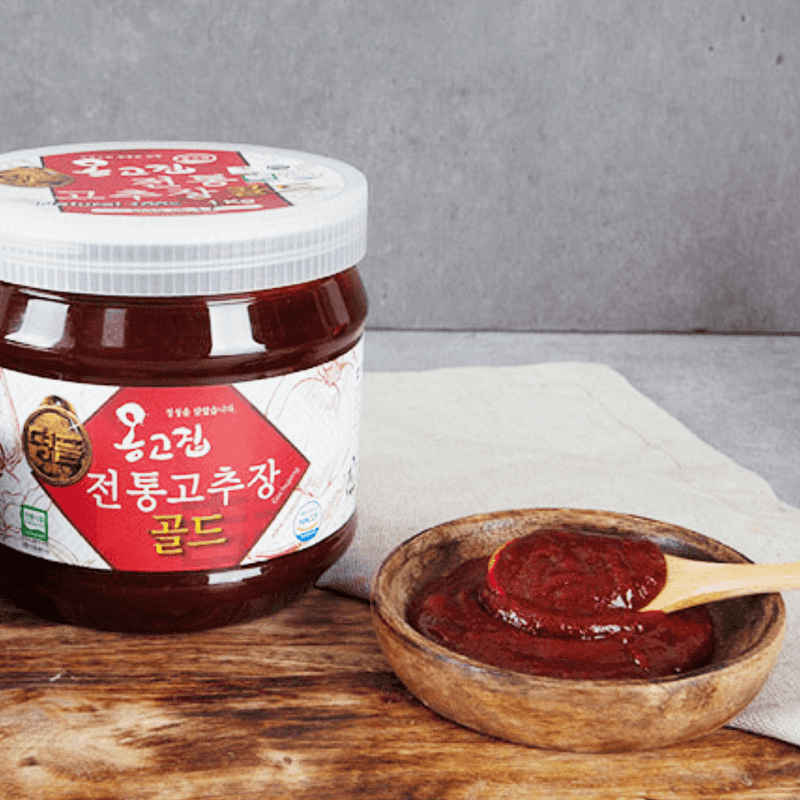
This brick-red fermented chili paste packs a powerful punch of complex flavors. Unlike one-dimensional hot sauces, gochujang delivers a perfect harmony of spicy, sweet, and umami notes thanks to its fermentation process.
A spoonful transforms ordinary stews, marinades, and dipping sauces into authentic Korean masterpieces. The paste keeps for months in your refrigerator after opening.
Gochujang is the backbone of beloved dishes like bibimbap, tteokbokki (spicy rice cakes), and Korean fried chicken. Start with just a small amount – its intensity might surprise first-timers!
2. Doenjang: The Soul-Warming Soybean Paste
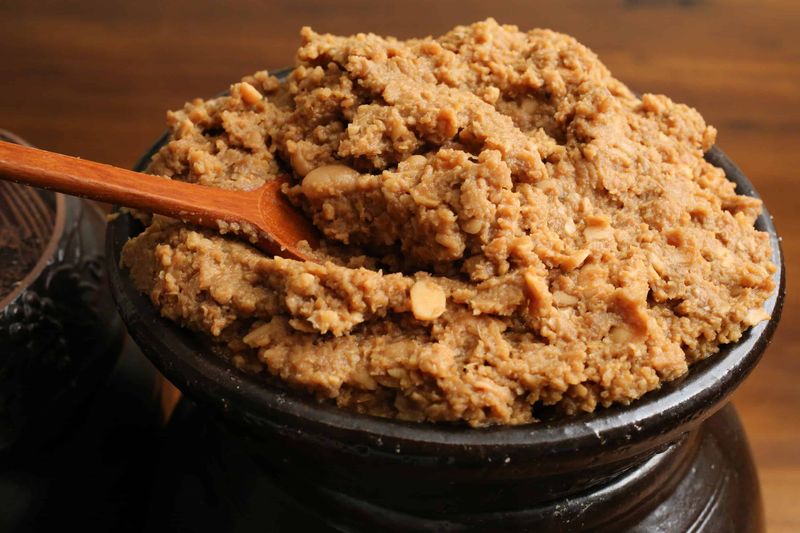
Ancient fermentation techniques transform simple soybeans into this earthy, protein-rich paste that’s been nourishing Koreans for centuries.
The flavor profile resembles miso but with a bolder, more rustic character that adds incredible depth to soups and stews. Nothing compares to the comfort of doenjang jjigae – a hearty stew brimming with tofu, vegetables, and this magical paste.
The fermentation process creates beneficial probiotics, making doenjang not just delicious but nutritious. Store this treasure in your refrigerator where it will continue developing complex flavors over time.
3. Ganjang: The Essential Korean Soy Sauce
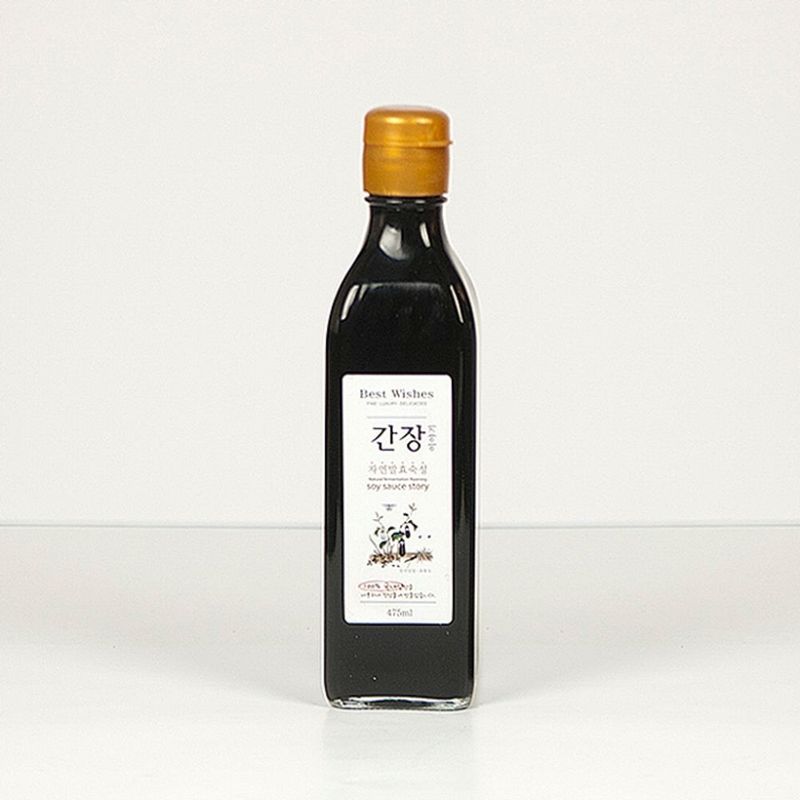
Korean kitchens rely on this lighter, saltier cousin of Japanese soy sauce for everything from dipping sauces to complex marinades. Made from fermented soybeans, ganjang brings a clean, straightforward saltiness that enhances rather than overwhelms other ingredients.
Many Korean households actually keep two types: regular ganjang for everyday cooking and the more premium yangjo ganjang for dipping sauces and finishing touches. A splash brightens soups instantly.
Unlike its thicker, sweeter Japanese counterpart, Korean soy sauce has a distinctive brightness that makes it perfect for quick vegetable side dishes (banchan) and delicate broths.
4. Gochugaru: The Vibrant Pepper Flakes
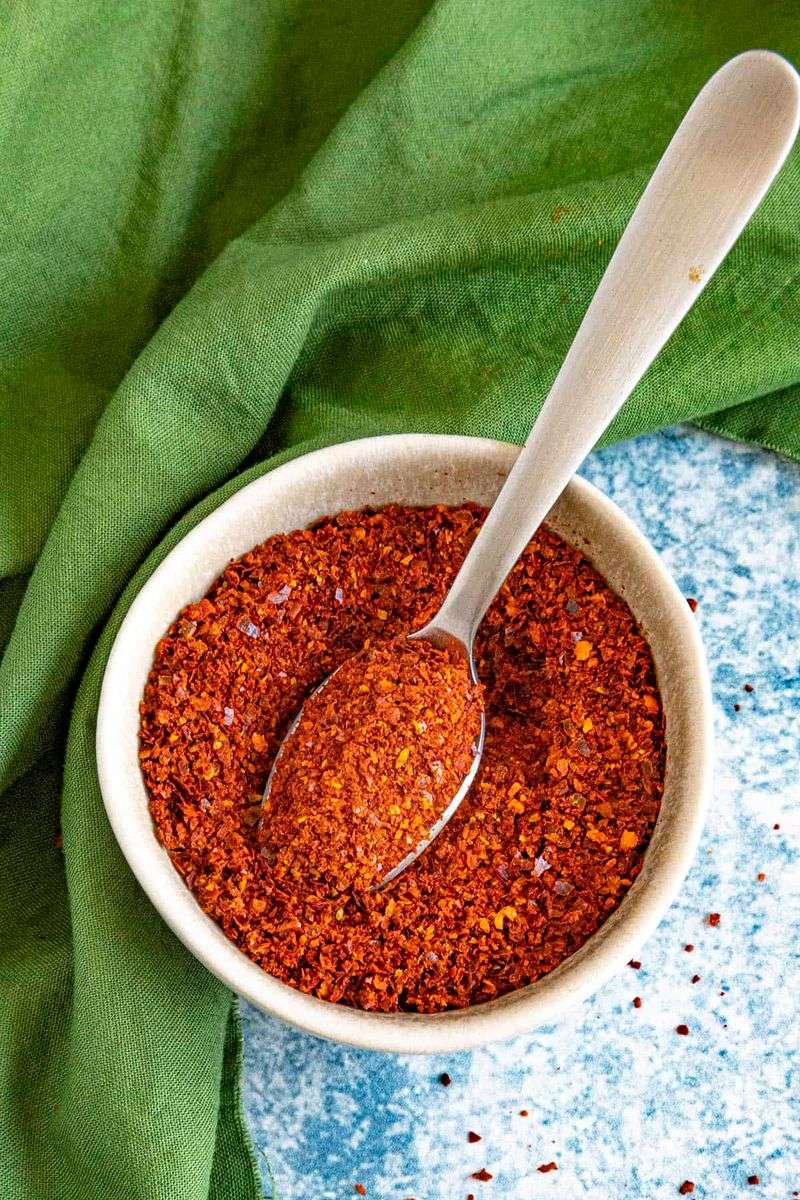
These sun-dried, coarsely ground red pepper flakes are the secret behind kimchi’s signature color and heat level. More than just spicy, gochugaru offers a complex smoky-sweet flavor profile you won’t find in regular crushed red pepper.
Korean cooks choose between fine and coarse grinds depending on the dish. The coarser variety adds beautiful specks of red to stews and marinades, while the powder form blends seamlessly into sauces.
Beyond kimchi-making, sprinkle these versatile flakes into soups, stir-fries, or even scrambled eggs for a Korean-inspired breakfast. Their moderate heat builds gradually rather than overwhelming your palate immediately.
5. Sesame Oil: The Aromatic Finishing Touch
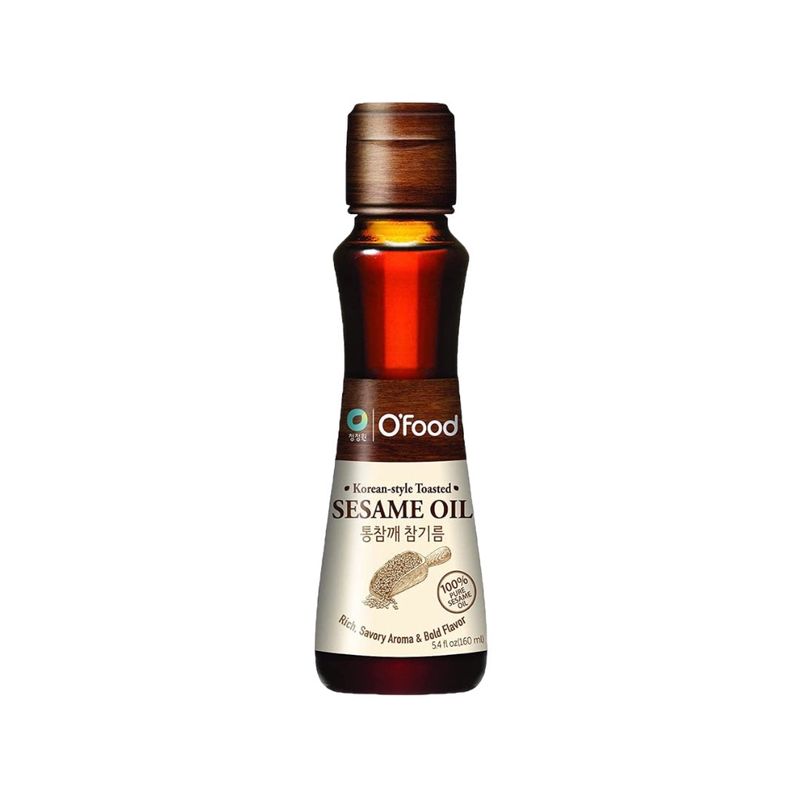
One drop of this intensely nutty, amber-colored oil can transform an entire dish. Korean sesame oil is always toasted, giving it a much deeper flavor than the lighter versions used in other cuisines.
Rather than cooking with it (high heat destroys its delicate flavor), Koreans typically add it at the end of cooking or use it in dressings. The distinct aroma immediately signals authentic Korean flavors to anyone familiar with the cuisine.
A little goes a remarkably long way – just a few drops finish vegetables, rice dishes, and noodles with an irresistible nutty fragrance. Look for bottles labeled “toasted” for the most authentic flavor.
6. Dried Anchovies: The Umami Flavor Bombs
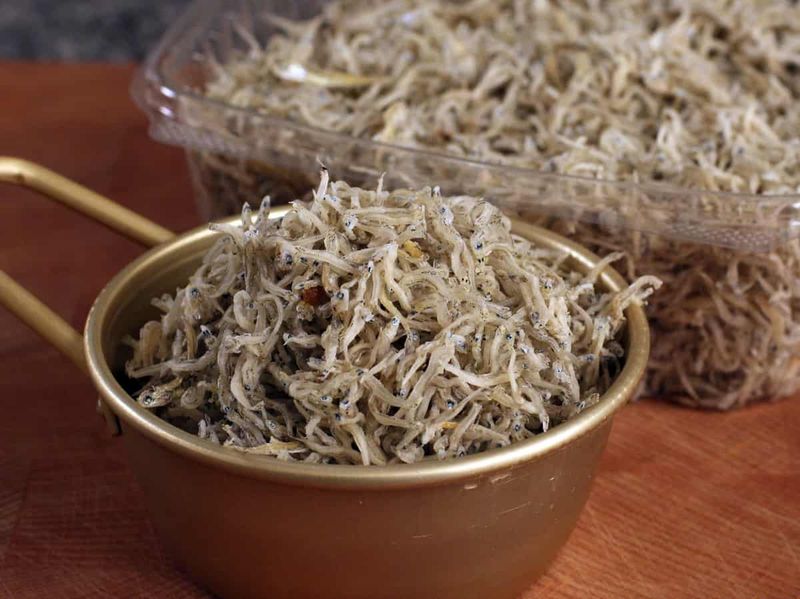
These tiny silver fish might look unassuming, but they’re umami powerhouses that form the foundation of countless Korean soups and broths. Available in various sizes, the smaller ones are perfect for everyday stock-making.
Korean cooks often combine dried anchovies with kelp and sometimes dried mushrooms to create myeolchi yuksu – a deeply savory stock that serves as the base for soups, stews and noodle dishes.
Unlike Western bouillon cubes, these natural flavor enhancers contain no artificial ingredients. Store them in an airtight container in your pantry, where they’ll keep for months. Their distinctive fishy aroma mellows considerably during cooking.
7. Kimchi: The Fermented Flavor Booster
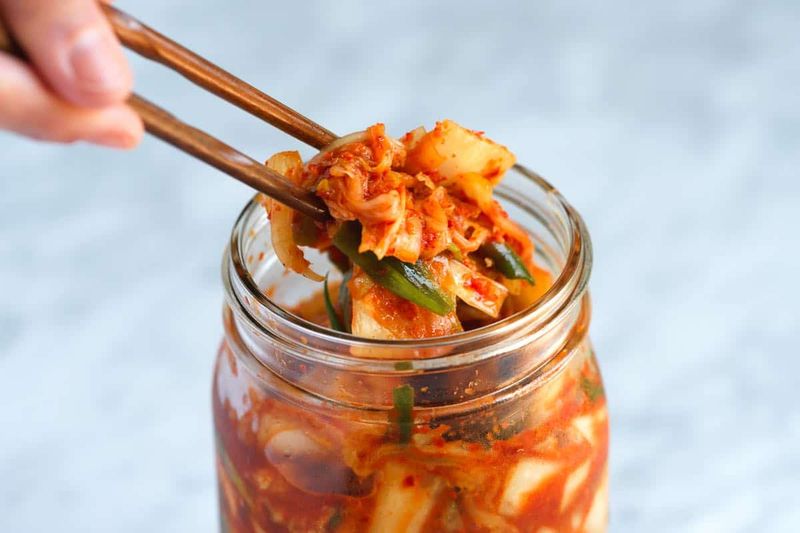
While technically not a single ingredient but a prepared food, no Korean pantry is complete without a jar of this fermented vegetable treasure. Beyond serving as a side dish, aged kimchi adds complex flavor to countless recipes.
As kimchi ferments, it develops deeper, funkier notes that transform fried rice, stews, and pancakes into something extraordinary. The tanginess cuts through rich dishes while adding incredible depth.
Many Korean home cooks keep kimchi of different ages for various purposes – fresh for side dishes and well-fermented for cooking. Even a spoonful of kimchi juice can enhance soups and stews with its concentrated fermented goodness.
8. Skip: Jeotgal (Fermented Seafood Paste)

While authentic kimchi-making often calls for this intensely salty, fermented seafood paste (typically salted shrimp or anchovies), most home cooks can happily skip this specialized ingredient.
Even many Koreans find its powerful aroma challenging! Jeotgal’s extremely pungent smell and concentrated fishiness can be overwhelming for those not raised with these flavors. Most Korean recipes that call for it can be modified with a bit more salt and perhaps a dash of fish sauce instead.
If you’re determined to make truly traditional kimchi, look for it in Korean markets. Otherwise, your cooking won’t suffer from leaving this specialized ingredient behind.
9. Skip: Perilla Oil (Deulgireum)
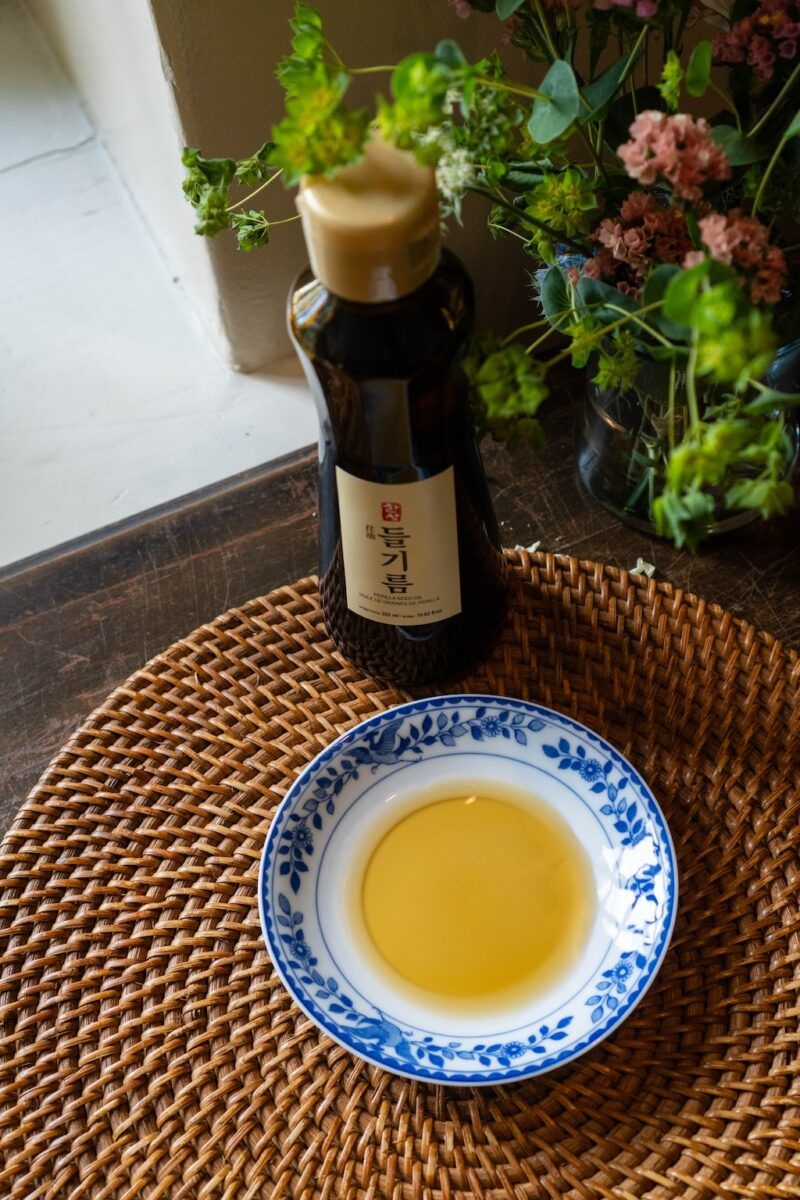
This distinctive oil pressed from perilla seeds (from the same plant that gives us shiso leaves) has a unique grassy, nutty flavor that’s quite polarizing. While beloved in certain Korean regions, its strong taste can overwhelm dishes for newcomers to Korean cuisine.
The oil’s limited versatility makes it impractical for most home cooks just starting with Korean cooking. Toasted sesame oil delivers similar nuttiness without the acquired-taste factor.
If you become a Korean cooking enthusiast, you might eventually explore this ingredient. For now, your pantry space and budget are better devoted to more versatile staples that you’ll use regularly.
10. Skip: Buchimgaru (Korean Pancake Mix)
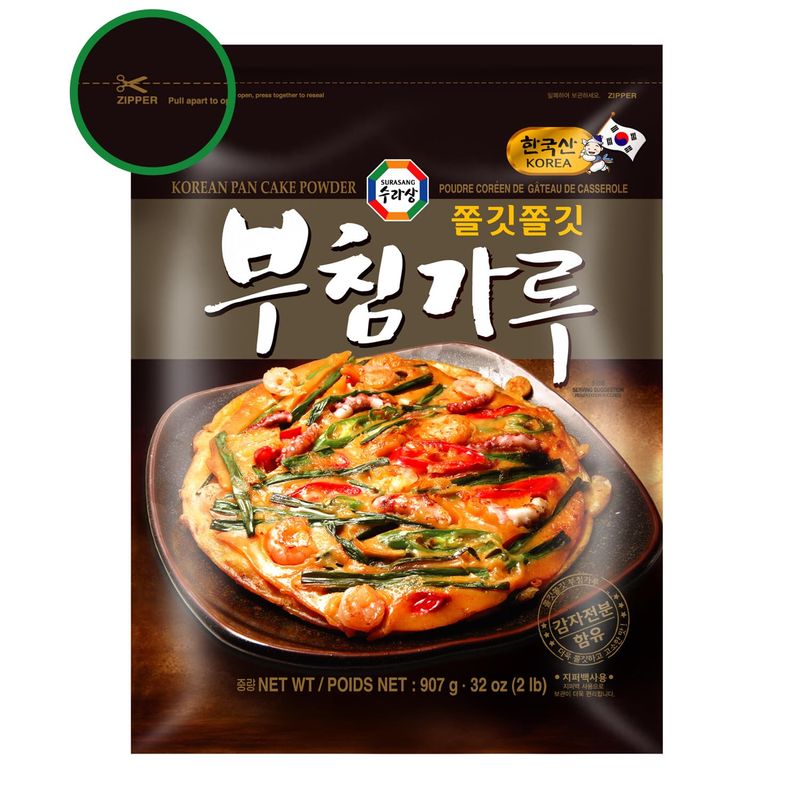
Pre-seasoned Korean pancake mix promises convenience for making pajeon (scallion pancakes) or kimchijeon (kimchi pancakes), but it’s essentially just flour with some salt and leavening.
Creating your own mix from pantry staples gives you better control over flavor and ingredients. A simple combination of all-purpose flour, cornstarch, salt, and pepper replicates buchimgaru perfectly.
Many Korean home cooks actually prefer this approach, adding their own seasonings based on the specific pancake variety they’re making. Save your shopping budget for truly unique Korean ingredients that can’t be easily substituted or replicated at home.
Leave a comment